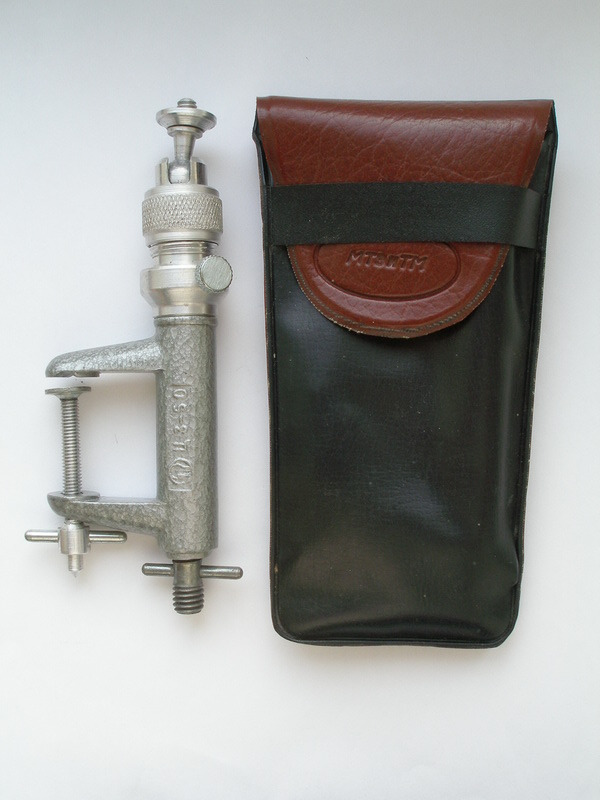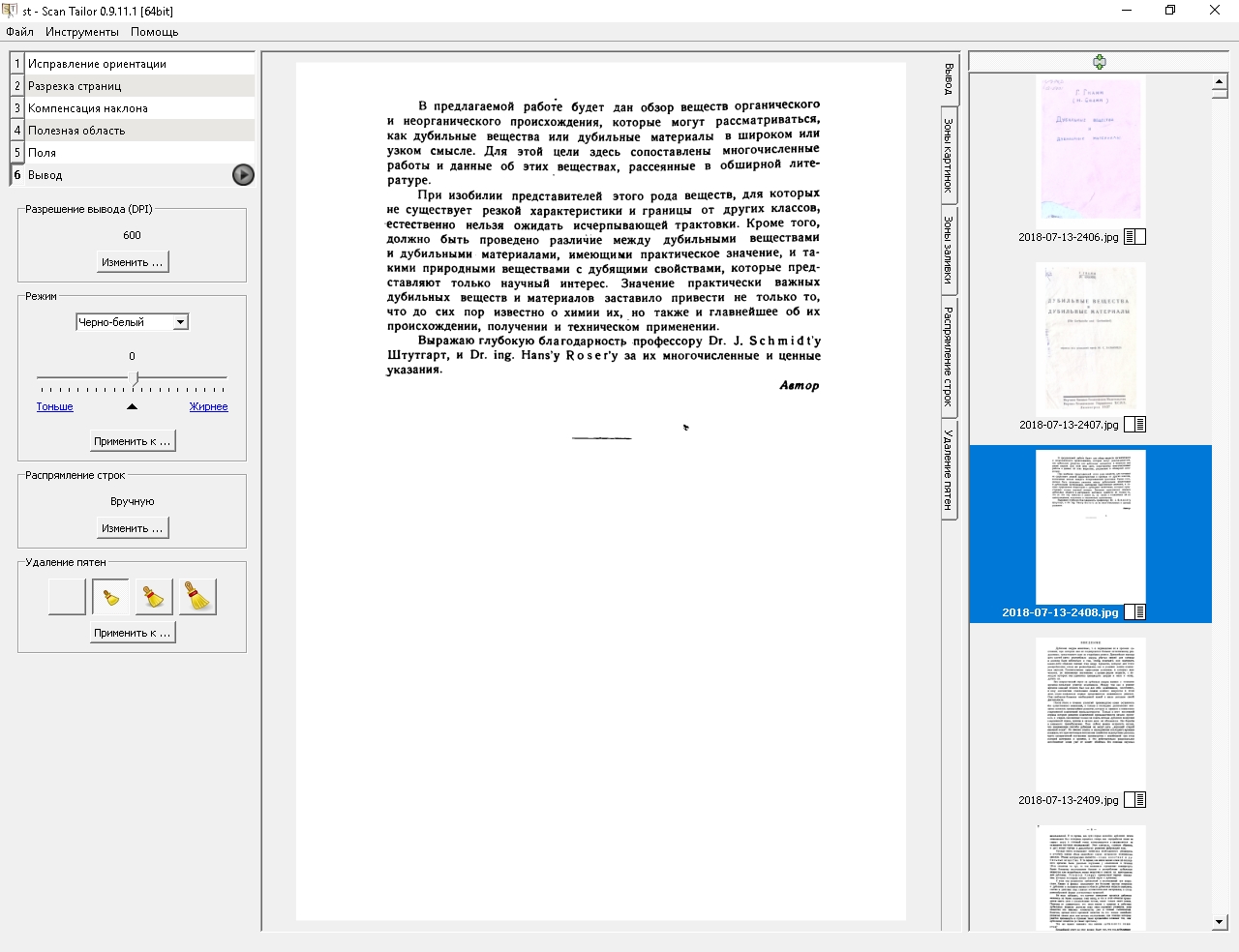“Digital typography” or my experience in mobile book digitization
Do you like books the way I love them ...
Childhood and youth spent in a small town, where in the district library of encyclopedias there was only the "Big Encyclopedic Dictionary" taught to be careful, almost reverent attitude to any technical book. I understand why people who survived the blockade kept a supply of food at home all the time. The first time, getting access to a more or less high-speed Internet all the time I wanted to download new books and save them on the hard drive, save, save :). Then twirpx appeared and I realized that books, like knowledge, should be involved in a constant circulation, otherwise they are dead. It was worth once to scan the monograph of his supervisor and hear dozens of reviews downloaded, as the avalanche could not be stopped. I noticed that today, sharing a rare book, tomorrow I will see two, or even three equally rare, shared by others.

During the student years, due to a rather narrow specialization, the library was practically a second home. But the library, as usual, is different from the library and, other things being equal, it is much more convenient to read (and also recognize and immediately copy to the course) pages, albeit digital, but sitting at home. Therefore, at first there was the flatbed scanner Mystek BearPaw2400, thin, USB-powered, but terribly slow. With the decrease in the cost of digital cameras (and the increase in resolution), it was replaced by the excellent fast camera Canon PowerShot A720IS (IMHO, one of the best in the PowerShot line-up). It was with his help that I felt the full power of optical stabilization :). The issue with scanning speed was resolved, but for the sake of haste, quality suffered. In order not to walk fifty times and not take photographs of damaged / overexposed / underdone, etc. page was decided to solve the problems programmatically.
The experience gained as a result of surveys (and dozens of scanned books) resulted in a whole series of articles devoted to the peculiarities of processing raw book material and bringing it to a state of “good djvu copy”. Among other things, the reason for writing was the questions of friends and acquaintances, "but how can I do djvu at all, they gave me a good book for a couple of days." Below are the links, just in case:
- Digital "typography". Book in 5 minutes. Part 1 , Part 2
- Digital “typography” A step-by-step guide to digitizing books. Part 1 , Part 2 , Part 3
- Digital "typography". Camera instead of scanner Article
Hobby scanning had at the time when it was just starting to fill twirpx and avaxhome worked fine . Having scanned about fifty books, algorithms gradually began to crystallize out, which would make it possible to get material convenient for reading on a 10 "tablet (not to mention a computer monitor) of sufficiently high quality and at the same time save time spent on processing one book.
Honestly, several times I really wanted to make a real book scanner, such as described on Habré ( Book scanner with my own hands ), or even better, such as I did a cool German grandfather (video part 1 , part 2 , part 3 ). But thoughts about homemade products are visited when there is a lot of free time for reflection (and material, and tools, etc., etc.). More often, all this is not at hand, but a book is needed. And we need it urgently, and even in acceptable quality.
Therefore, for quite some time now I have been using an uncomplicated software and hardware complex that allows me to create fairly high-quality copies of books in a short time. For example, it takes about an hour to process one 300 page book (starting from photographing and finishing with coding in djvu) using a PC based on AMD Athlon II X4 640/16 Gb RAM / 4 Tb SATA 3.0 HDD.


The following items are included in the gentlemen’s set of mobile digital book printer:
1) Nokia PureView 808 smartphone
2) Movable stand clamp
3) Smartphone mount
4) Coco CC-PC101 Bluetooth Remote Control
Nokia's smartphone is chosen for its reliability and maximum matrix size. Well, I love him very much :) (and on Habré he sang the praises ). Among the shortcomings, we can note that, unlike Android smartphones, I had to search for a suitable remote for a long time, which would work with my phone. In the end, I settled on Coco CC-PC101 . Moreover, this remote control works only with the CameraPro program (the standard application does not pick it up). When using Android, any cheap remote control from Aliexpress will do.



Movable bar, with which you can adjust the height of the smartphone above the book - the usual self-stick stick-self, but with the presence in the lower part of the standard 1/4 "thread for fastening to the clamp / any other rack. On aliexpress there are a lot of options for me / parameters like " monopod for GoPro Hero 5 4 3 "

The smartphone mount is also the first one with 1/4 "thread, not the cheapest (unlike the wire variants), but I liked its shape. And so far there are no problems with it.
The clamp-clamp - Soviet-made UTM LSNH. Pure duralumin, real joy for the engineer, well, just a very reliable tool with many adjustments.

My smartphone is quite heavy, + the weight of the telescopic bar, so I do not trust plastic Chinese clamps. But they have a place to be.
Addition : When photographing in the field conditions of b / w books a very important factor is the light. Natural (light in the library) is often not enough. Portable photo-lamps with aliexpress can help solve this problem:

Of the advantages, it is possible to note the low weight and the built-in shoe with 1/4 "thread for mounting on a standard tripod. You can take several of these lamps and place them around the photographing object to create uniform illumination. with 1/4 "fastening on the same aliexpress:

The process of photographing itself is not particularly complex. The book is positioned so as to get into the focus of the camera and with the help of the remote control focusing / shooting. Turned the pages - "focus / shooting." In this case, I try to position the book so that all edges are visible (this is necessary to align the curvature of the pages in the ScanTailor program). A few words of praise about her. Previously, I had to use either a rather capricious (often crashed with an error) and the paid program BookRestorer, or the "tongue-tied" ScanKromsator (although I’m more than sure that it will have its own fans :)). But thank God, ScanTailor has appeared and the life of such “book-printers” like me has been greatly simplified. This is what Wikipedia says about this:
Scan Tailor (English scan - scan, tailor - tailor) - a computer program for processing images obtained using a scanner. It is a cross-platform program and runs on Microsoft Windows, Linux and Mac OS X operating systems. The high level of the program was awarded following the results of the first contest “The Best Free Project of Russia” in 2009, held by the Linux Format magazineThe main advantage of the program is automatic trimming, cleaning and straightening of lines. Moreover, straightening works on the same principle as the Japanese "robot for scanning books" about which they wrote on Habré ( Japanese scanner digitizes a book of 250 pages per minute ). I will allow myself an excerpt from this article:
An open book is photographed using lasers (they form a grid on the surface). In this case, photographing is done from several angles at once, after which all three frames are automatically combined. The developers claim that their method allows you to avoid distortions, usually manifested in the standard scan.. The same principle is used in ScanTailor, only the layout of the grid on the page is regulated by the user. I align the grid along the edges of the pages (for this, they must be visible when shooting).



After the program finishes, there will be ready pages in the out folder. We load them into any DJVU converter (you can choose on the site ). I use DEE - Document Express Editor v6.0.1 Build 1320 LE (for NT) (Light Edition for NT) for small size and fast work. In principle, after DEE, the book can be thrown onto your favorite reader / smartphone and used for its intended purpose. If time and effort allow, you can add an OCR layer and a table of contents. These procedures are described in detail in my article, to which I referred at the beginning of the article.
')
I hope my experience will be useful to all those who photograph books on the phone and then read them from pictures in the gallery :)
Sergey Besarab ( Siarhei V. Besarab )
PS: There was an article on Habré ( Digitization of the world book heritage with the help of smartphones ). Where:
Literra conducted several tests and found out that in this way one user, after adjusting himself, would be able to digitize a 600-page book in five to ten minutes. He himself in 2004, for his thesis, manually digitized thirty thousand pages of materials from more than seven hundred documents, using an ordinary digital camera and a cheap desk lamp. Most of this work was performed by Litaru within fifteen hours on one of the days off.So this, dear Kalev to Litar, if you read Habr - write to me, maybe I can advise :)
Source: https://habr.com/ru/post/425113/
All Articles